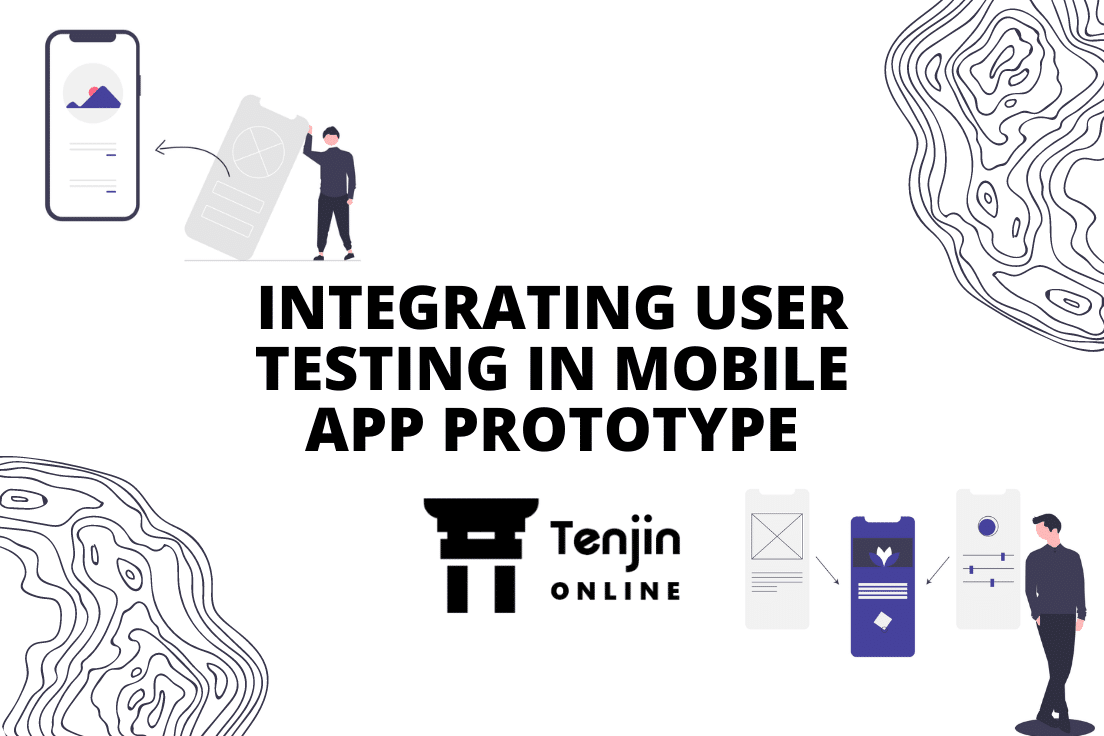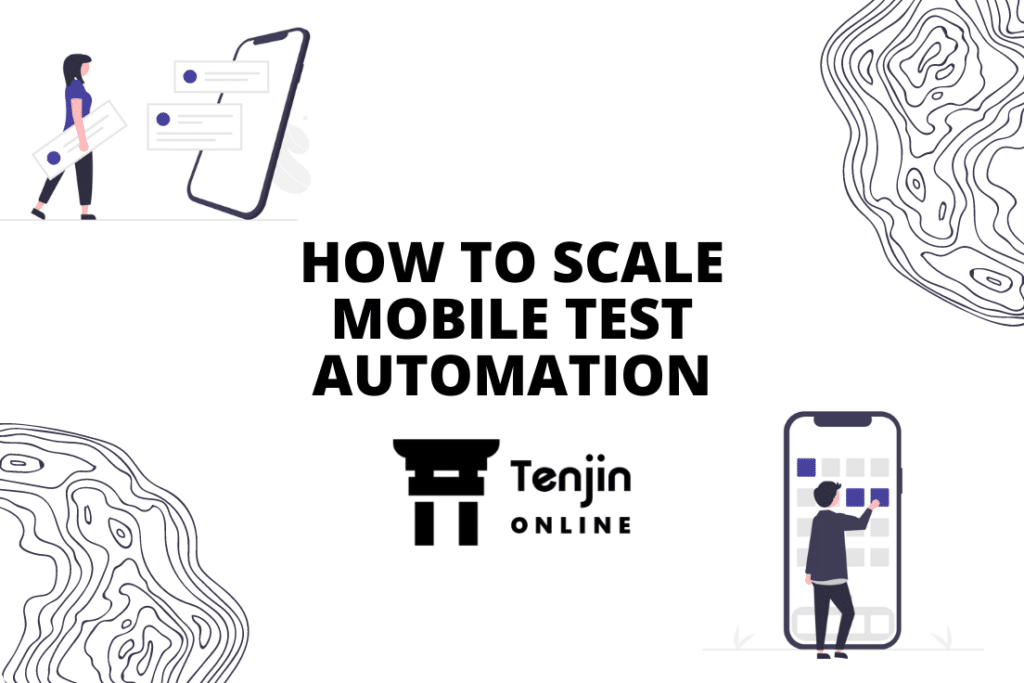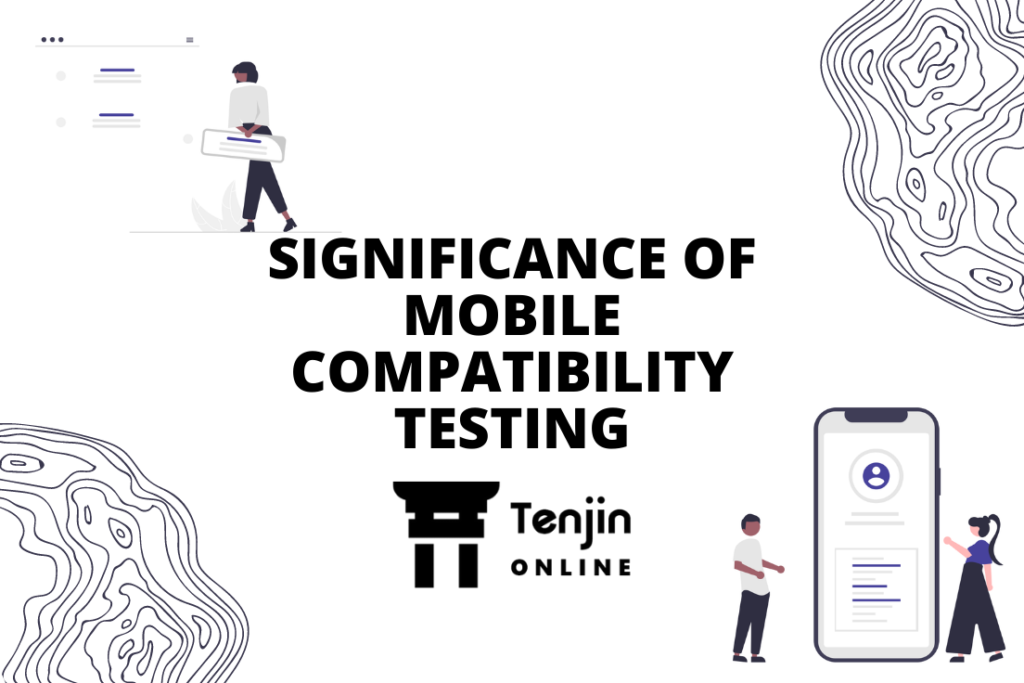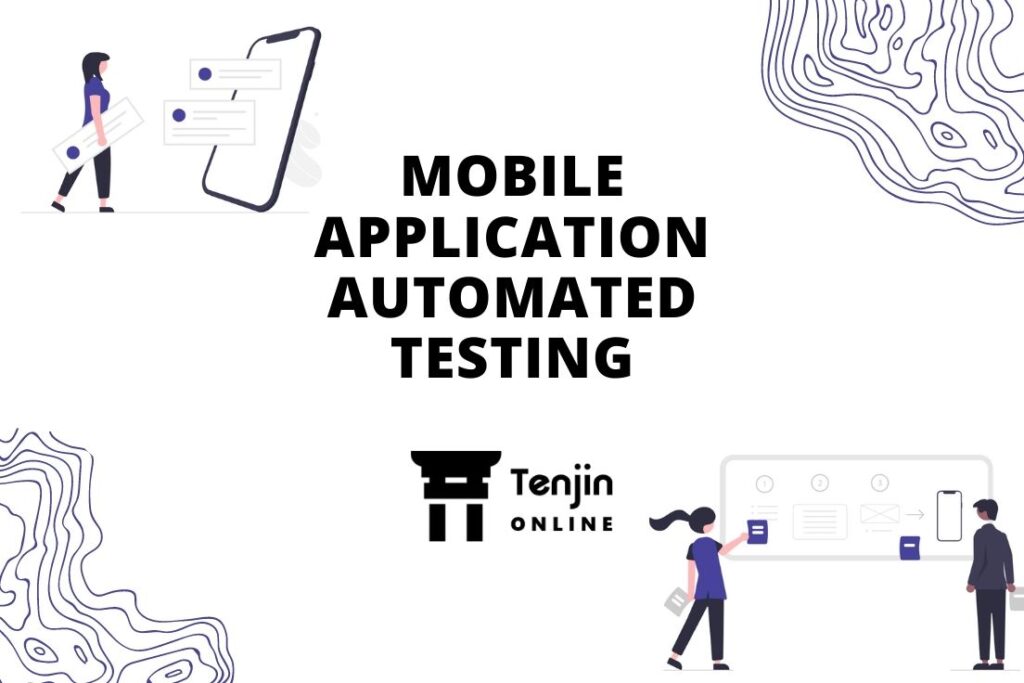
Integrating User Testing in Mobile App Prototype
A busy day…unrealistic deadlines, yet you cannot ignore that buzz in your pocket. We are so entwined with our phones as they have gifted us a world of comfort. This trend embarks a massive shift in the app development industry uncovering limitless opportunities to create new apps and connect with the users. This is just one side of the story; the rest lies in how well the app is tested. An app that is not tested isn’t fit for a market release as it’ll be full of glitches and not serve the purpose for which it was created.
Creating, testing, and releasing an app isn’t a breeze; even before the actual development and testing begins, an app prototype is created to evaluate the app design and check the level of accuracy and precision it can achieve. Though many organizations integrate user testing at the end of app development, some even allow user testing in app prototype stage. There is a whole lot of debate going on this topic if one should integrate user testing as early in the app prototyping stage or not? The answer is definitely YES!
Why is user testing required in app prototyping?
Imagine you are a software developer working day in and out to create an impressive app, aiming at one million downloads. No doubt, you’ll put in vigorous, consistent effort, and utilize your years of experience and knowledge to get miraculous results. But would you think, you can mirror the users’ expectations in your app? It’s extremely difficult to get into the users’ perspective and understand their behavior and preferences, as their requirements are constantly changing, craving for more comfort and ease every time they are introduced to new technology.
As a developer one will be put under immense pressure bound to deadlines, client calls, fixing the errors, and so on. Being within the professional limits and being saturated with the monotonous nature of work, one tends to stop the free flow of ideas and seldom think from an end-user’s perspective.
That’s when user testing proves to be incredibly important, and its benefits amplify multiple folds when carried out in the app prototyping stage.
When a user himself/herself gives you their requirement details, speaks about their preferences, and share their opinion on what changes they want to make in your prototype design, won’t that be great? This kind of arrangement is referred to as user testing in app prototyping. User testing in prototyping allows organizations to create customized apps just as the users need it, such apps created from a user-centric approach, by incorporating users’ insights perform well in the market than the other apps.
So, how to incorporate user testing in prototyping?
Organizations today are harnessing user testing to involve users in the prototyping stage and yield the best results. Allowing the users to test the app is a great step towards creating a successful app, which makes a lot of impact on the final result. Though many organizations are not comfortable with the idea of getting an external resource, it is a mandatory process to identify undetectable issues from a user perspective. Bringing in the users and allowing them to work besides the technical team can improve the quality like never before.
The reason apps exist in the first place is because there are millions of users who are willing to use it. If one could involve the users to tweak the app as per their requirement, won’t that app be created just how the users want it? Incorporating users’ insights are the best way to improve the quality of an app. An in-house team with a complete understanding of how to design and build the app combined with the users who know what their fellow users will like is a deadly team combination that can create wonders in your business endeavor.
How to get started with user testing in prototyping?
Prototypes serve as an initial design based on which the app will be built. Involving users in the planning process will give a clear idea as to what features and functionalities need to be included. If you are running short of budget to get the real users in-house, you can even opt for remote discussions. Once the requirements are clear, a prototype can be built.
Just think of it this way, you have prepared a dish based on your mother’s recipe, you have made sure to include the right measurements, procedures, tricks, and techniques she has provided you with. But until she tastes and validates it whether delicious or not, you will never know if you succeeded in recreating that dish. Similarly, when you have taken the requirement details from the users and created a prototype, you will never know whether it’s working as expected until the users themselves validate it. Even if you succeed in mimicking the ideas, let them try using them themselves to see how the responsiveness and performance is, and how satisfied they are with the design and functionalities.
As you get more involved in prototyping, you will lose the sense of flow and ease of the app’s overall functionalities, features, and performance, due to its complex technical nature. Getting a user in the picture to test the prototype will resolve all your issues, as the users have no/limited technical knowledge and will focus on only the functions they are looking for.
Pleasing the millennials and Gen-Z is more difficult than you think
Walk into a college premises and you’ll hardly find any student without a smartphone. Whom do you think is making the best use of their democratic rights of speech and sharing their bold opinion on Instagram and Twitter? It’s the younger generation who have made smartphones and other gadgets popular.
When creating an app, you should know that it is the millennial and Gen-Z that you are targeting. This younger crowd has no tolerance for any kind of glitchy and poorly performing apps. So, to impress this younger crowd and drastically improve your app download numbers, integrate user testing right from the prototyping stage. You can also consider users from these age brackets to test your app, so you’ll have a clear idea of where the change is required.
Considerations to be made when incorporating user testing in app prototyping
You think of integrating users in your app testing, and the next day your idea is manifested; it isn’t that simple. You have to consider a few points before you get the real-world users to test your app. Some of the key considerations one should make are:
Choosing the right tool: The market is brimming with a wide range of test automation tools; you cannot just bring a random tool and start using it. Do thorough research and understand your requirements and see if the tool is aligning with your needs. Check for the reliability and cost too.
Does your user align with your ideologies and workflow?: Choose a user who can add value to your business, someone with intelligence and who understands your vision, someone who is ready to help you and gets accommodated in the workflow easily.
Involving user testing at prototyping stage: Involving user testing at the end of development doesn’t give much scope to the users to change certain aspects that they would like to. However, involving them at the prototyping stage can allow them to share feedback even on the minor things that can help the business in the longer run.
Users have the ability to change your app!
Integrating user testing in the app prototyping stage can change your app for the better. Don’t double think, just go with your intuition and include user testing right from prototyping. Because only a good testing practice has the ability to either make or break your brand. The choice is yours, whether you want an app with a million downloads or get into a vicious circle of checking again and again why your app is not performing as your competitors.



Leave a Reply
You must be logged in to post a comment.